用 vscode 创建第一个 flutter 项目
大家好,我是坚果,我的公众号“坚果前端”,

今天教大家
用 vscode 创建第一个项目
创建新项目
在安装了 Flutter 扩展的 VS Code 中,通过选择 View ▸ Command Palette…或在 macOS 上按 Command-Shift-P 或在 Linux 或 Windows 上按 Control-Shift-P 打开命令面板。在面板中输入 Flutter: New 并按 Return。

默认第一个。直接按 return

这个时候选择一个文件夹创建。

然后返回这个界面。给自己的项目命名。

这个就是创建后的项目结构

启动调试
运行-启动调试

我没有连真机,所以显示的是我安装的浏览器
然后直接运行,VSCode 只需要按 F5 快捷键就行了。
然后你就可以看到 VSCode 弹出一个框让你选择运行项目的环境:

老铁,听我说,选 “ Dart & Flutter ” 就对了。
然后稍等一下吧,项目会编译,然后自动生成内容,其实就是 Dart 转换成 JavaScript 的过程。
Dart 原本就是(谷歌)想代替 JavaScript 而发明的,可以转换成 JavaScript 代码。
感觉 Dart 走了曲线救国的方式,终于走到这步 —— 代替 JavaScript。
最后,你会看到你系统默认的浏览器会弹出一个新的窗口来运行你的项目。(感觉刚开始有点慢吧。。。。)

下面我们来看看项目的目录:

web/index.html
<!DOCTYPE html> <html lang="en"> <head> <meta charset="UTF-8"> <title></title> <script defer src="main.dart.js" type="application/javascript"></script> </head> <body> </body> </html>
web/main.dart
// Copyright 2019 The Chromium Authors. All rights reserved.
// Use of this source code is governed by a BSD-style license that can be
// found in the LICENSE file.
import 'package:flutter_web_ui/ui.dart' as ui;
import 'package:aaaaaaa/main.dart' as app;
main() async {
await ui.webOnlyInitializePlatform();
app.main();
}
lib/main.dart
import 'package:flutter_web/material.dart';
void main() => runApp(MyApp());
class MyApp extends StatelessWidget {
// This widget is the root of your application.
@override
Widget build(BuildContext context) {
return MaterialApp(
title: 'Flutter Demo',
theme: ThemeData(
primarySwatch: Colors.blue,
),
home: MyHomePage(title: 'Flutter Demo Home Page'),
);
}
}
class MyHomePage extends StatelessWidget {
MyHomePage({Key key, this.title}) : super(key: key);
final String title;
@override
Widget build(BuildContext context) {
// The Flutter framework has been optimized to make rerunning build methods
// fast, so that you can just rebuild anything that needs updating rather
// than having to individually change instances of widgets.
return Scaffold(
appBar: AppBar(
title: Text(title),
),
body: Center(
// Center is a layout widget. It takes a single child and positions it
// in the middle of the parent.
child: Column(
// Column is also layout widget. It takes a list of children and
// arranges them vertically. By default, it sizes itself to fit its
// children horizontally, and tries to be as tall as its parent.
//
// Invoke "debug painting" (choose the "Toggle Debug Paint" action
// from the Flutter Inspector in Android Studio, or the "Toggle Debug
// Paint" command in Visual Studio Code) to see the wireframe for each
// widget.
//
// Column has various properties to control how it sizes itself and
// how it positions its children. Here we use mainAxisAlignment to
// center the children vertically; the main axis here is the vertical
// axis because Columns are vertical (the cross axis would be
// horizontal).
mainAxisAlignment: MainAxisAlignment.center,
children: <Widget>[
Text(
'Hello, World!',
),
],
),
), // This trailing comma makes auto-formatting nicer for build methods.
);
}
}
本文就大致介绍到这里吧,不管怎么说 Flutter 跑在 Web 上面而且不是试验性质的,是正式版的,这是令人多么激动无比啊,我也情不自禁为其写下一篇相关文章。
本文文字及图片出自 InfoQ
你也许感兴趣的:
- 【外评】电脑从哪里获取时间?
- 【外评】为什么 Stack Overflow 正在消失?
- Android 全力押注 Rust,Linux 却在原地踏步?谷歌:用 Rust 重写固件太简单了!
- 【外评】哪些开源项目被广泛使用,但仅由少数人维护?
- 【外评】好的重构与不好的重构
- C 语言老将从中作梗,Rust for Linux 项目内讧升级!核心维护者愤然离职:不受尊重、热情被消耗光
- 【外评】代码审查反模式
- 我受够了维护 AI 生成的代码
- 【外评】Linux 桌面市场份额升至 4.45
- 【外评】作为全栈开发人员如何跟上 AI/ML 的发展?
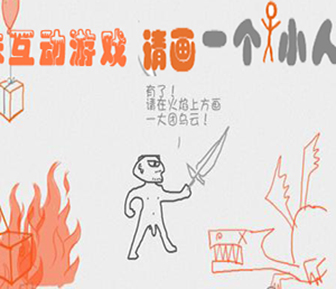
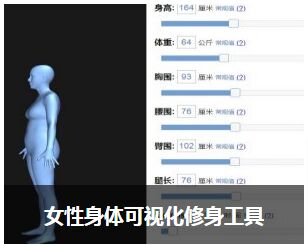
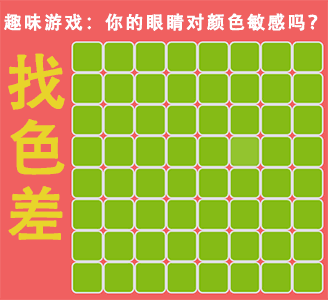
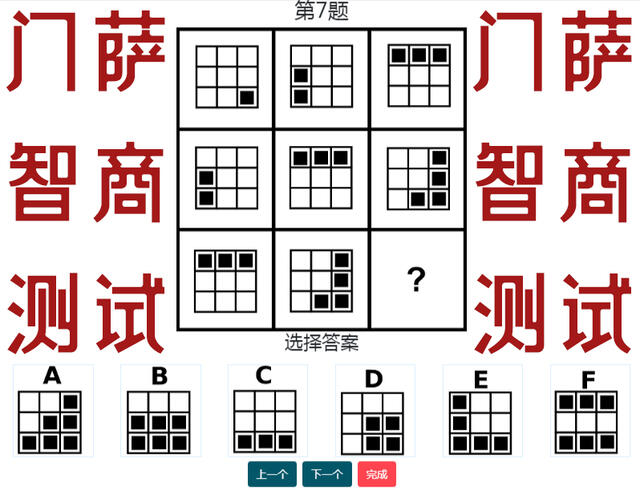
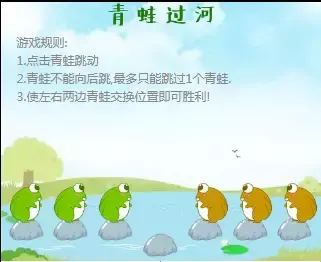
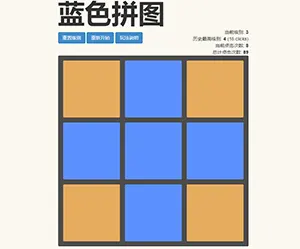
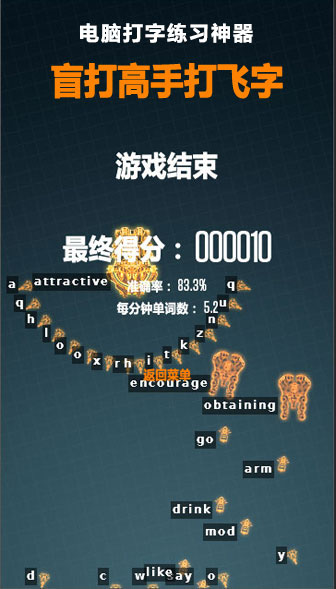









你对本文的反应是: